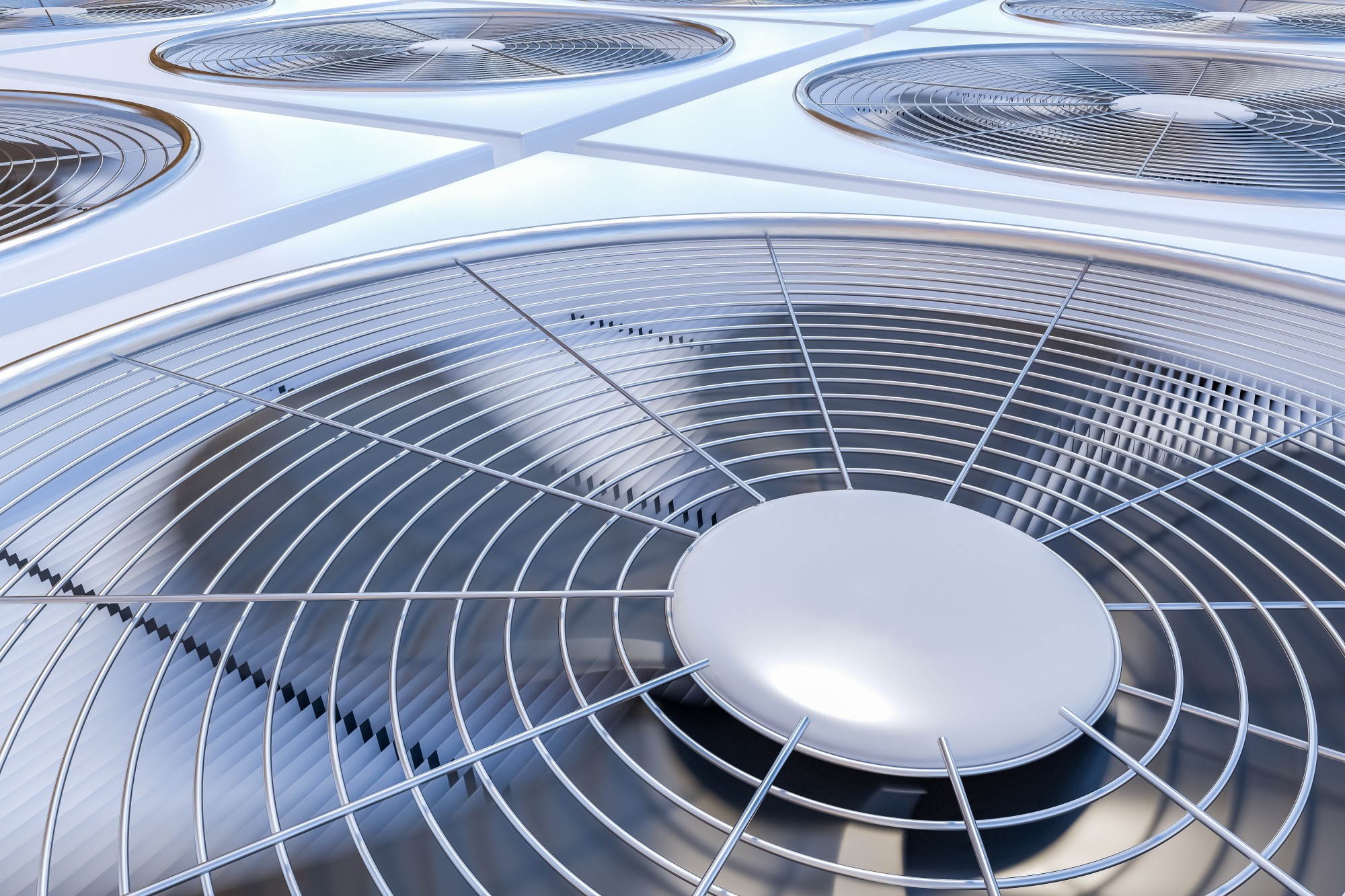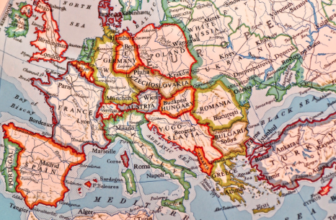
Your HVAC is a complicated contraption that has seen you through a lot of rough times. The curious mind might wonder how the HVAC system works. While we can’t all be mechatronic engineers, there are a few HVAC components that we can all understand.
The first air conditioning unit was invented in 1902 by Willis Haviland Carrier. This air conditioner wasn’t for home cooling, but was for preservation purposes. This AC was the first successful attempt at temperature control in a room.
After Carrier’s invention, ACs went through many iterations to give us the sophisticated air conditioners we have in our homes today. Nowadays, HVACs are a complex system with many parts that work in concert to facilitate effective and efficient heating and cooling.
In this piece, we’ll look at nine crucial components the HVAC consists of. That way, you can have a better understanding of the working mechanism of your HVAC.
1. Condenser Coil
Your HVAC company will install this part outside your home. The term compressor may be used interchangeably with a condenser coil. It releases warm air outside to facilitate cooling inside your home.
It compresses the refrigerant and condenses it. At the same time, a fan dissipates the warm air outside while simultaneously making the refrigerant cool faster. The refrigerant is then transferred to the evaporator coil through ducts, which we’ll look at next.
2. The Evaporator Coil
The evaporator coil is a crucial part of the system that you’ll find inside your house. Copper or aluminum ducts convey the refrigerant to a set of nozzles which spray the liquid refrigerant.
The small nozzles make it easier for the refrigerant to turn from liquid to gas. The cool gas absorbs heat in the room and makes the room cooler.
3. Heat Exchanger
You can get a lot from the name on what this component does. It basically exchanges heat by absorbing it and warming the cold air. Even electrical HVAC systems have heat exchangers that do the same job of absorbing heat to warm the cold air.
Heat exchangers are made from heat resistant alloys to withstand the intense heat from the unit. The heat exchanger is where the carbon monoxide leaks happen. So it is important to have working carbon monoxide detectors to avoid carbon monoxide poisoning.
4. Blower Motor
The blower motor is responsible for distributing warm air into your home’s ductwork. However, first, the temperature in the heat exchanger must reach a preset temperature before the blower can begin its work.
Before the blower can start working, complete combustion must have occurred. This ensures that all the warm air can get to the rooms. After the warm air gets to all rooms, the blower motor shuts off so the next heating cycle can begin.
Blowers are usually the noisiest parts of the HVAC. If you can’t stand the noise, you should consider a variable blower motor, which isn’t as noisy. They also do a better job of reducing house humidity during the summer.
5. Thermostat
The thermostat is the link between our homes and the HVAC unit. This component has sensors that decide when the HVAC should be on and off according to the current room temperature.
The thermostat must reflect the temperature of your house accurately. As such, you should keep it away from stuffy or packed places. Alternatively, you can consider having an HVAC unit with multiple sensors, each in different rooms.
It’s an excellent way of reducing your energy bill. That’s because you can have heating and cooling only in occupied rooms. What’s more, everyone can choose their preferred temperature.
Nowadays, you can control most programmable thermostats through your phone or computer. That way, you can start cooling or heating your home even before you get there. So you don’t have to wait for your home to heat up or cool when you get home.
6. Vents
Vents aren’t too complicated. They have the simple job of dispersing warm or cool air to every room in your home. They are made from metal and wood, depending on your unit.
You have to ensure that nothing ever blocks your vents because any blockage makes your HVAC highly inefficient and could make your power bills skyrocket.
Most vents have covers that control the flow of air into the room. However, most of these covers are eyesores.
The stylish folks always opt for linear diffusers, which are stylish and minimalist. These diffusers are also excellent at dissipating air optimally throughout the entire room.
7. Combustion Chamber
The combustion chamber contains all the burners that burn the fuel. For sufficient burning to take place, the combustion chamber must have adequate oxygen supply. It is surrounded by the heat exchanger, which draws heat from the chamber to achieve its purpose.
For the cycle to start, little air and gas must enter the combustion chamber. The glow stick lights the combustion chamber for combustion to start. The start of combustions marks the beginning of the HVAC cycle.
8. The Furnace
The furnace pushes heated or cold air throughout the system. You’ll find it in the basement or your attic because it’s such a large unit.
9. The Ductwork
Ductwork is just a fancy name for the system of ducts your HVAC unit consists of. The ductwork is very complex because it must interconnect the many HVAC components. They are mostly found along the ceiling and walls and are usually made from aluminum and copper.
Avoid DIY Repairs for HVAC Components
Just because you know all the HVAC components doesn’t make you a qualified HVAC expert. It’s best to leave the repair work to the professionals, but routine maintenance is acceptable.
Hopefully, you’re well-acquainted with the important parts of your HVAC unit. Now it’s your turn to share the knowledge and implement proper maintenance routines for the longevity of your unit.
For more informative reads, be sure to check out the other pieces on our site.





